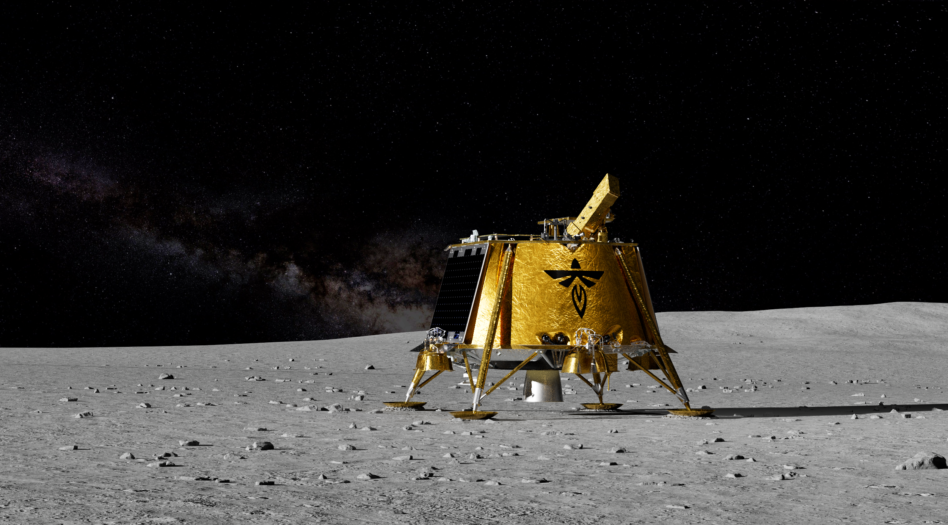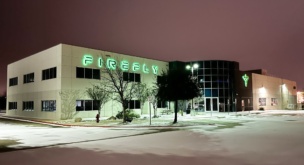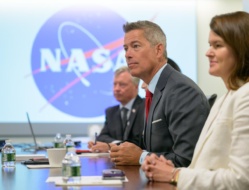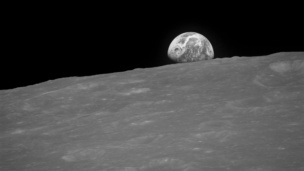It’s nearing the final boarding call for the next trip to the Moon. SpaceX’s Falcon 9 rocket is planning to bring two lunar landers—Firefly’s Blue Ghost and ispace’s RESILIENCE—on the first leg of their trips to the Moon during a six-day launch window that will open this month.
Once deployed, the pair of lunar landers will fly long journeys to the Moon with a number of payloads aiming to pave the way for future missions.
Parallel paths: Firefly’s Blue Ghost will begin its lunar trajectory with a 25-day stint in Earth’s orbit, followed by a four-day transit to the Moon, and 16 days in lunar orbit. The ~45 day journey will allow the lander and its payloads enough time to perform health checks and conduct science missions during transit.
Once on the Moon, the lander will operate for two weeks during the lunar daytime and several hours into the lunar night before going dark.
ispace’s journey to the surface of the Moon will take the scenic route. Similar to the Japanese company’s first mission to the Moon in 2022, the second HAKUTO-R mission will utilize a low-energy orbit, using a gravitational slingshot to land on the Moon four to five months after launch.
Both companies are looking to make their first successful trip to the lunar surface—this is Firefly’s first mission, and ispace’s reprise after a crash landing in 2023.
What’s inside: Both landers will carry a range of hardware that will be instrumental in building a sustainable lunar outpost.
Firefly’s Blue Ghost lander will carry 10 science payloads, which will study lunar regolith, test location and navigation capabilities, and demonstrate radiation-tolerant computing. The mission will also be the first demonstration of NASA’s Electrodynamic Dust Shield, which hopes to remove dust from surfaces using electric fields—a necessity for future solar panels on the lunar surface.
ispace’s mission will bring the first European micro rover to the lunar surface. The TENACIOUS rover, a collaboration between the Luxembourg Space Agency, ESA, and ispace Europe, weighs ~11 pounds and will photograph the Mare Frigoris region in the Moon’s northern hemisphere, as well as regolith collected by the RESILIENCE lander.
RESILIENCE will also carry five other payloads, including:
- A water electrolyzer from Takasago Thermal Engineering Co., which aims to demonstrate hydrogen and oxygen production on the Moon.
- A module for food production experiments from Japan’s Euglena Company.
- A deep space radiation probe developed by the Department of Space Science and Engineering of Taiwan’s National Central University.
- A commemorative plate developed by Bandai Namco Research Institute, Inc. with an ode to the Gundam anime series.
- An art project from Swedish artist Mikael Genberg, which will be the first house on the lunar surface, though it’s a little too small for future astronauts to visit.




